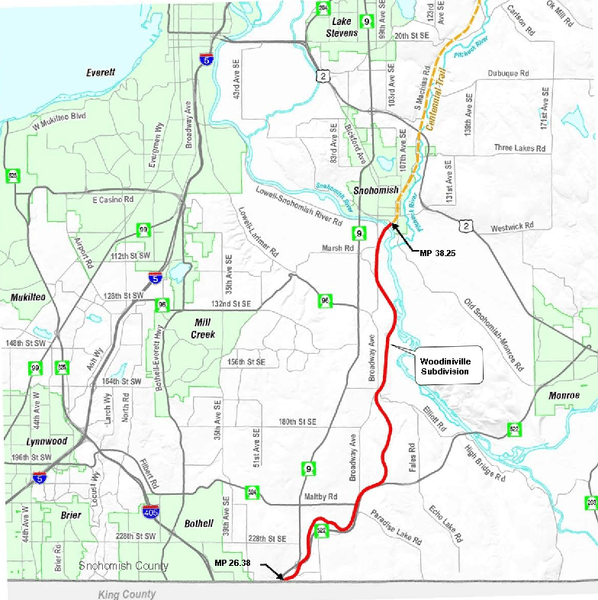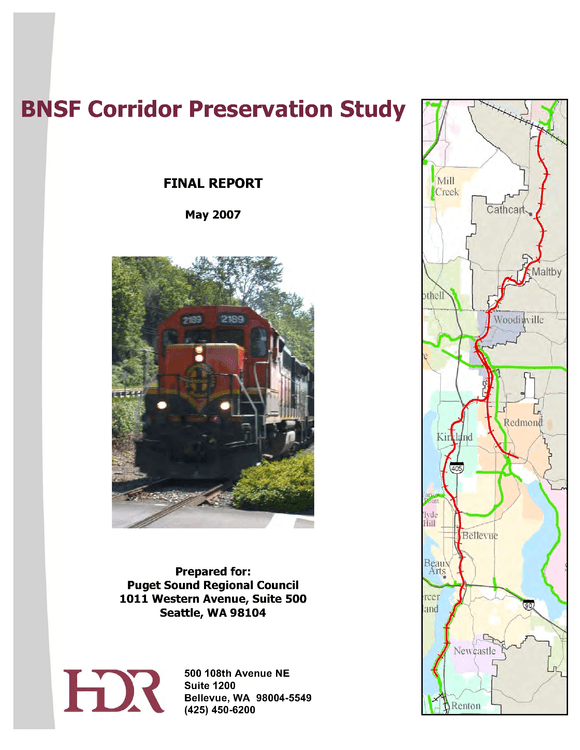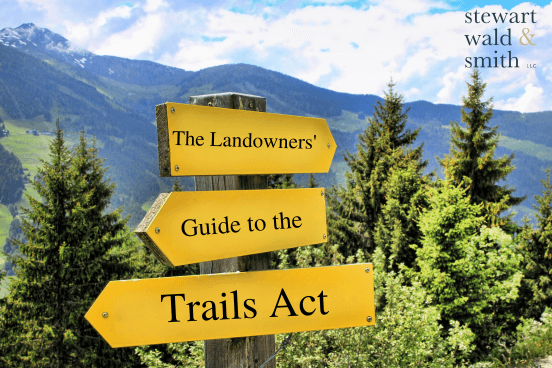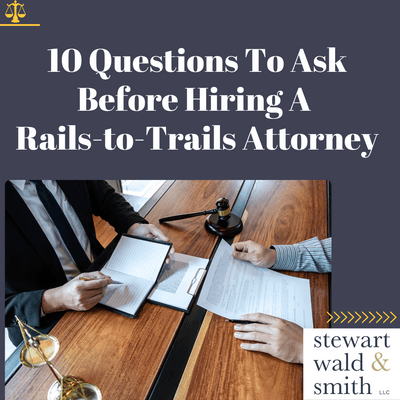Centennial Trail South - Case Details
HISTORY OF THE EASTRAIL: Centennial Trail South
In the early 2000's, bridge work was completed which allowed BNSF Railway ("BNSF") to transport fuselages into the Boeing plant at Renton from the south, rather than using the 42 mile-long "Woodinville Subdivision", sometimes also referred to as the Eastside Corridor. This resulted in BNSF abandoning the Eastside Corridor railroad line. Following that decision by BNSF, the Puget Sound Regional Council issued a study in May 2007 recommending the 42 mile-long railroad right of way for trail use.
Most of the 42-mile-long railroad corridor was railbanked and converted to a rail-trail. That portion of the line is now known as the EastTrail.
When railroads under federal jurisdiction express interest to abandon their lines, a trails group may step in to make an offer to purchase the land and convert the railroad corridor to a rail-trail. The process of converting inactive railroad corridors to recreational trails and keeping the corridor intact for future rail use is called “railbanking”.
After the decision by BNSF to abandon, there were quite a few transactions and agreements entered into by Port of Seattle, King County, and GNP, RLY ("GNP") regarding a smaller portion of the line. One of these transactions gave GNP an exclusive freight rail easement, which allowed them to continue transporting freight along a small portion of the line from City of Snohomish to City of Woodinville (MP 38.25- MP 23.80). This freight easement was recorded in Snohomish County on December 21, 2009. Many years later, GNP fell into bankruptcy, making the line no longer of interest or use to them. By 2016, Snohomish County approved a purchase and sale agreement to acquire the railroad right of way.
By 2023, Snohomish County began filing documents with the United States Surface Transportation Board ("STB") requesting official abandonment of the remaining portion of the line that was previously used by GNP with the explicit intention to railbank the line and convert it into the Centennial Trail South.
Below the BNSF Corridor Preservation Study is a map filed by Snohomish County in their March 31, 2023 Petition to the STB identifying the area of abandonment and future trail use.
When railroads under federal jurisdiction express interest to abandon their lines, a trails group may step in to make an offer to purchase the land and convert the railroad corridor to a rail-trail. The process of converting inactive railroad corridors to recreational trails and keeping the corridor intact for future rail use is called “railbanking”.

WHAT IS THE UNITED STATES TRAILS ACT?
The Trails Act is a federal program that permits the conversion of railroad lines into nature and hiking trails. In this instance, the trail would comprise the current Saluda Grade rail corridor.
If the STB permits a trail conversion, which we expect to occur in the near term, then this would potentially result in the triggering of a claim for money damages in your favor against the United States government. The claim results from the blocking of reversionary property rights in the railroad corridor. This taking would require the United States to pay you just compensation under the Constitution. It is important to note that your claim would only be against the federal government and is NOT adverse to the Saluda Grade Trail or an local entity sponsoring the trail.
The claim would be based on North Carolina and South Carolina property law. An owner of land that abuts a public right of way (in this case a former railroad corridor) is presumed to own a portion of the land within the right of way, such that when the railroad was ever abandoned the land would revert to their ownership. This is what should occur with respect to the land that is slated to become the future rail trail. However, as a result of the Trails Act, the federal government can authorize the inactive railroad to be converted to a recreational trail, thereby blocking a landowners right to regain the property within the railroad corridor, which would result in a taking of land.
Rails to Trails Resources Presented to you by Stewart, Wald & Smith
Click on the image below to download the resource.

Did you receive our mailer, or have any questions for us? We’re here to help you take the next step for just compensation.
Notable Success Examples
-
In Haggart v. United States, our attorneys recovered $177,400,000 on behalf of 254 landowners in King County, Washington, along a 25.45-mile trail.
-
In Raulerson v. United States, our attorneys recovered $33,300,000 on behalf of 264 landowners in Beaufort County, South Carolina, along a 25.05-mile trail.
-
In Smith v. United States, our attorneys recovered $26,477,000 on behalf of 29 landowners in King County, Washington, along a 25.45-mile trail.
-
In Ansley Walk v. United States, our attorneys recovered $18,416,000 on behalf of 5 landowners in Fulton County, Georgia, along a 1-mile trail.
-
In Furlong v. United States, our attorneys recovered $14,200,000 on behalf of 272 landowners in Albany, New York, along a 10.94-mile trail.





